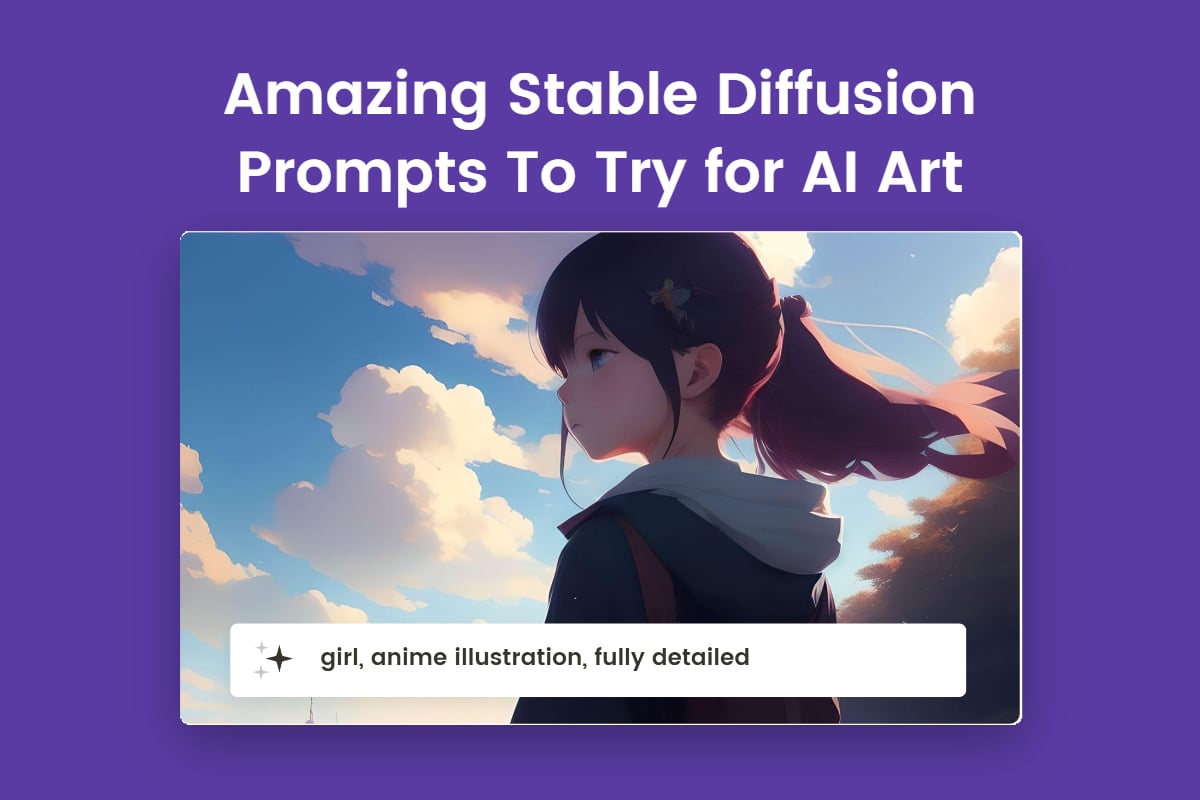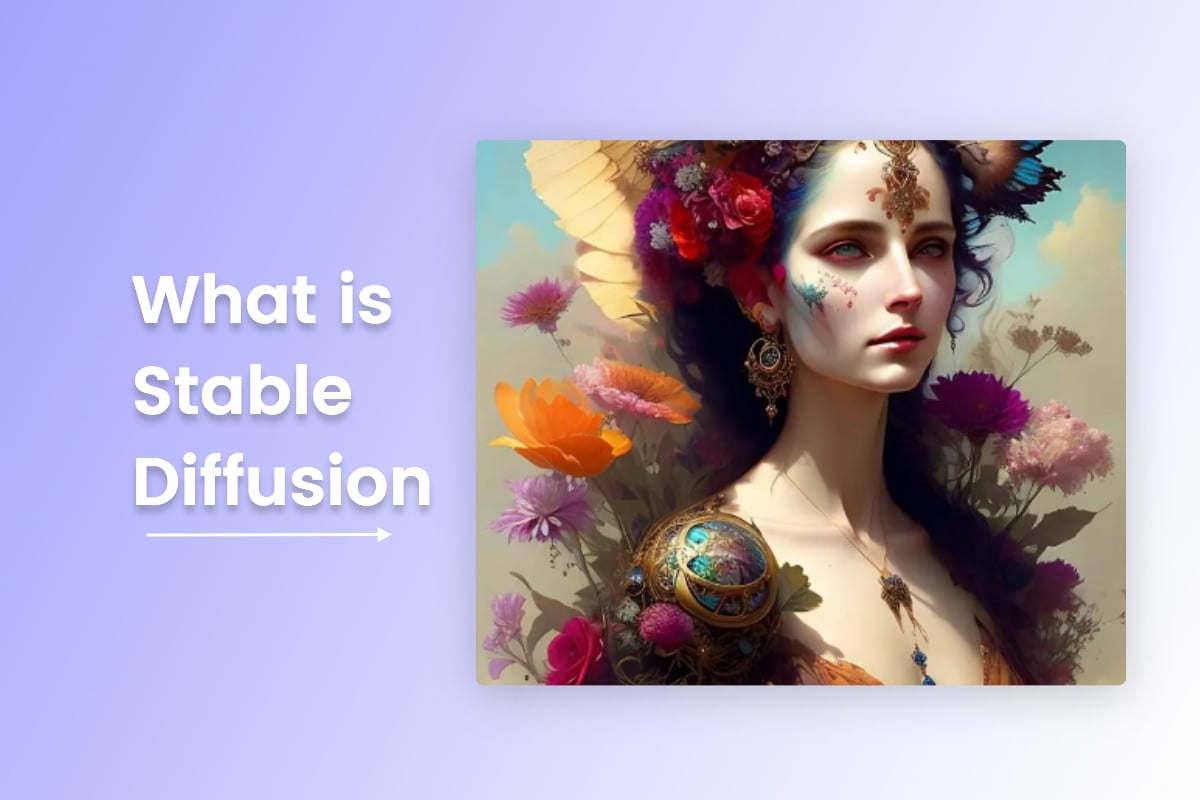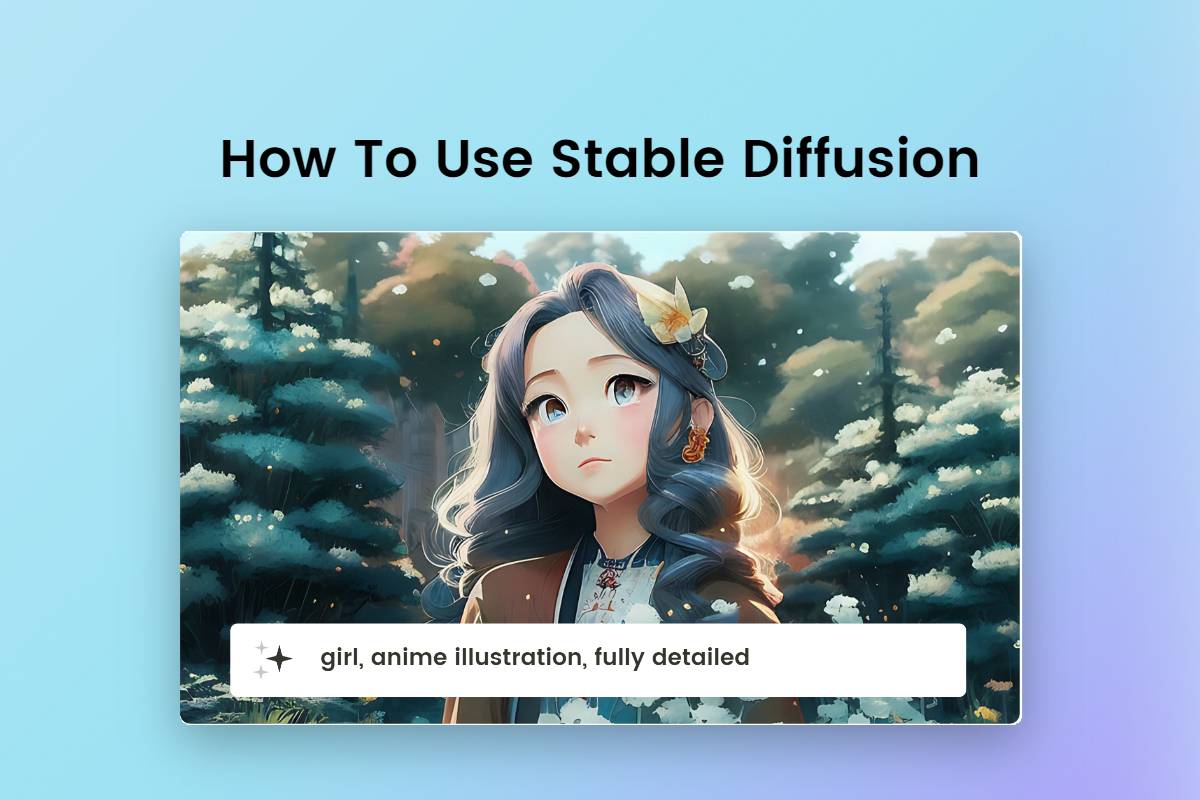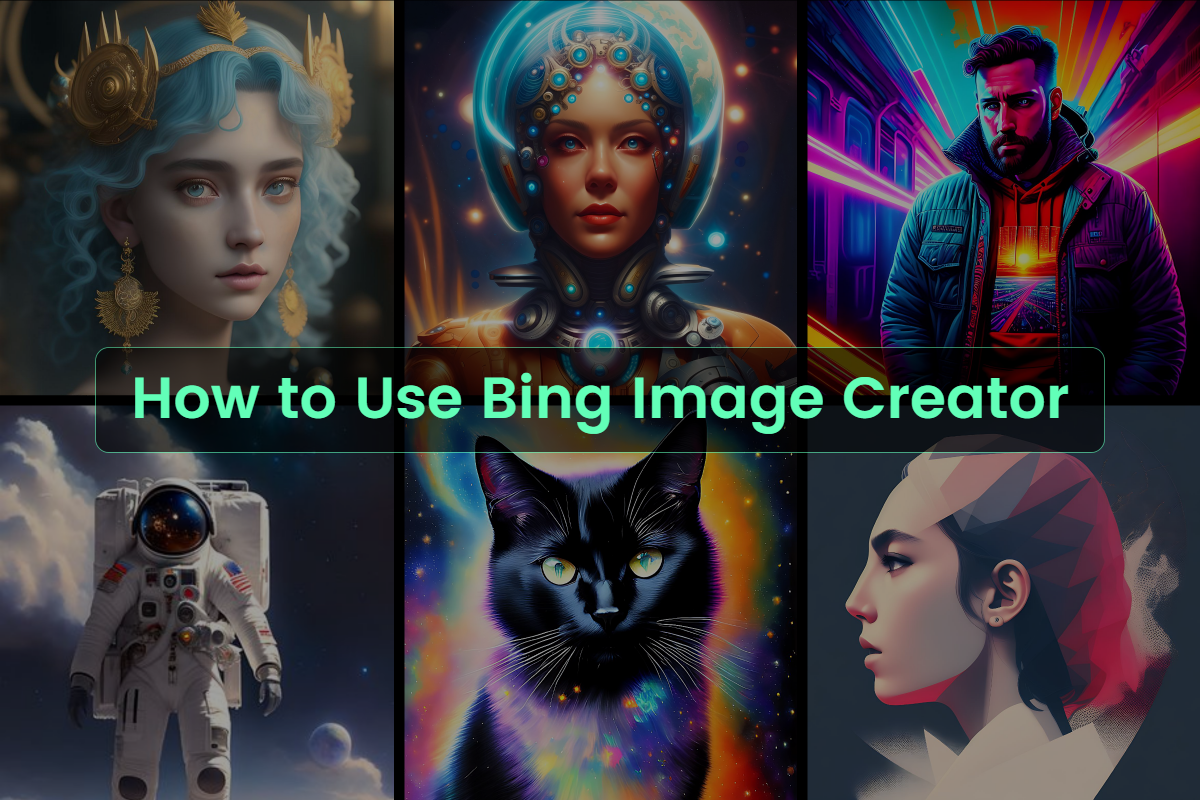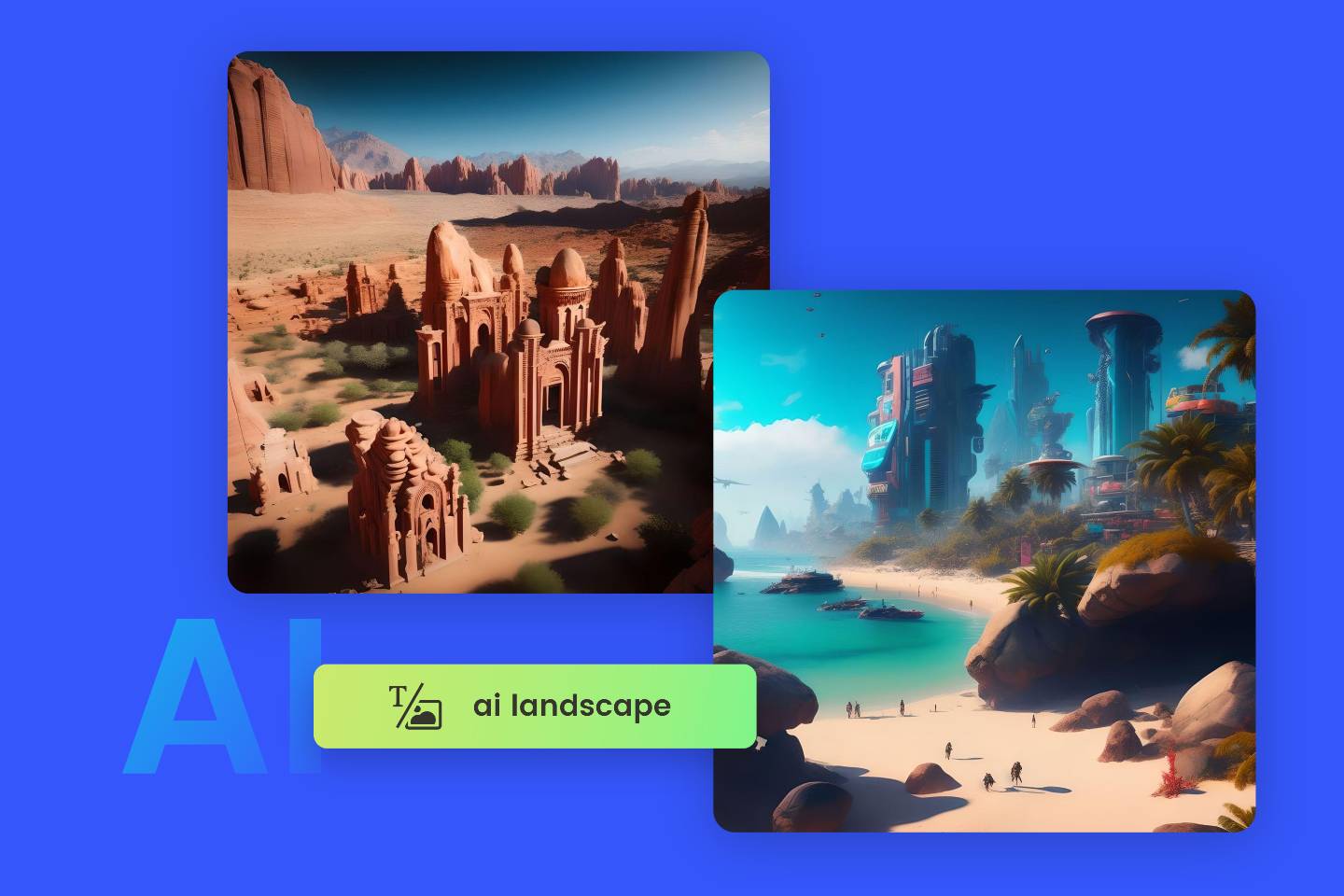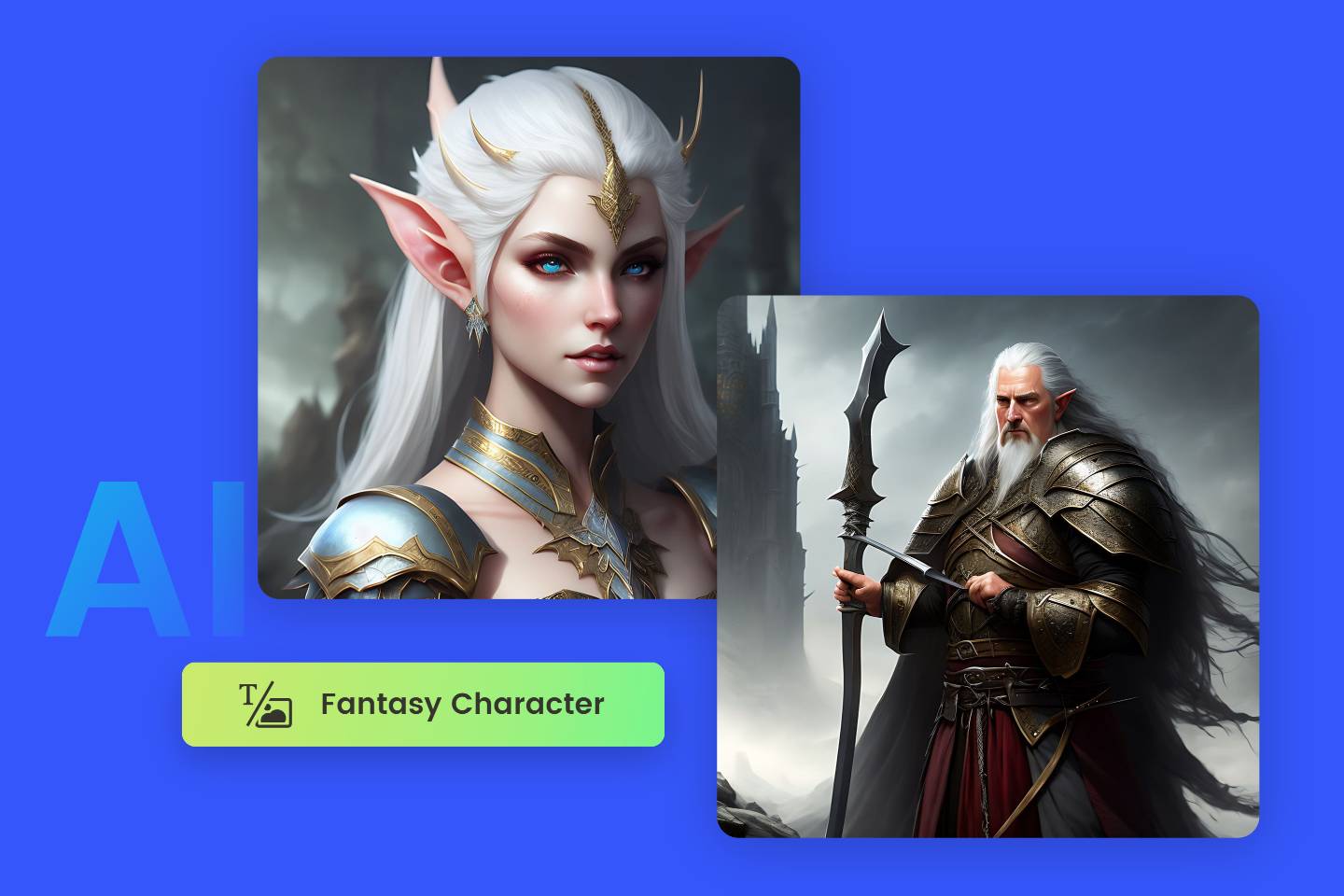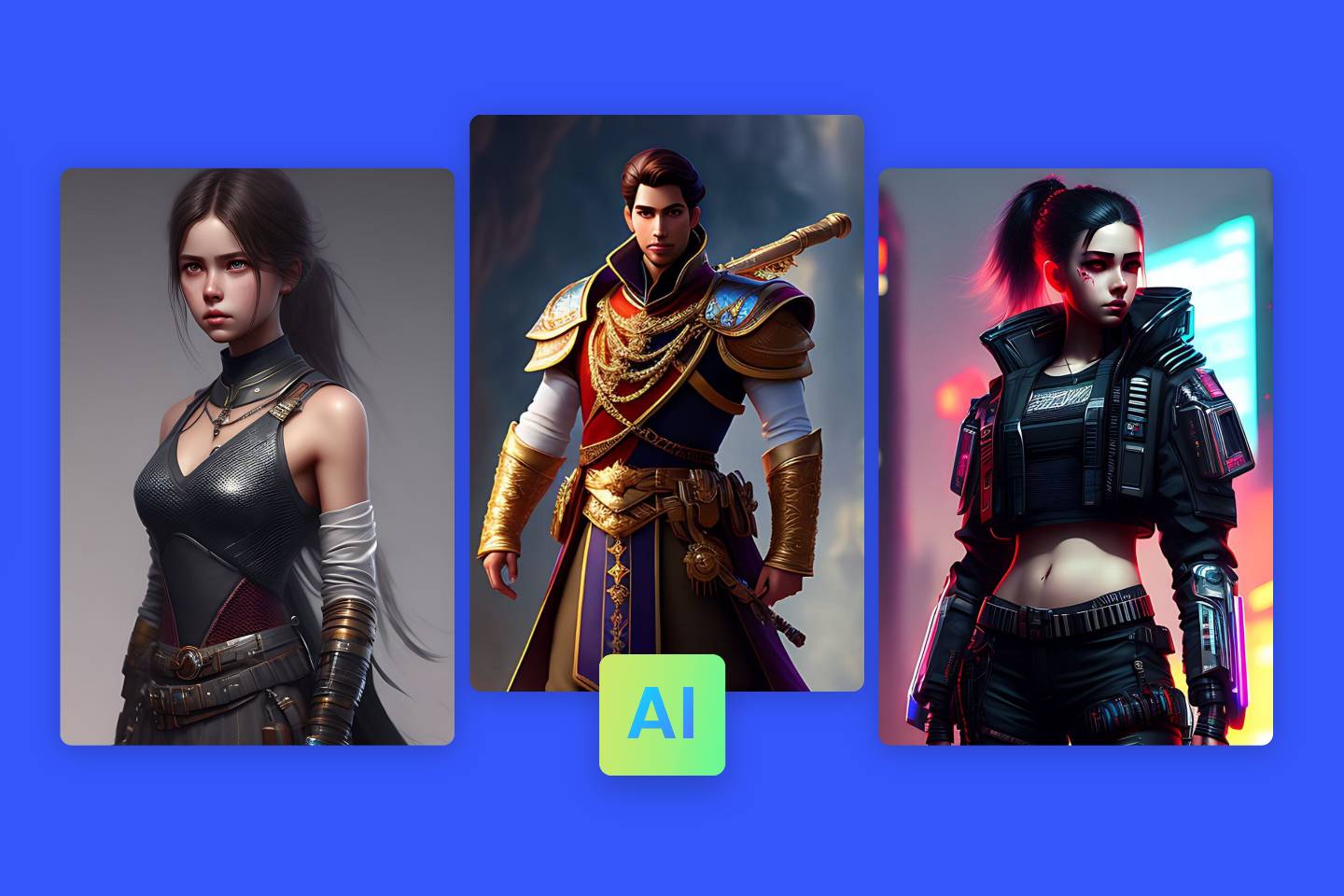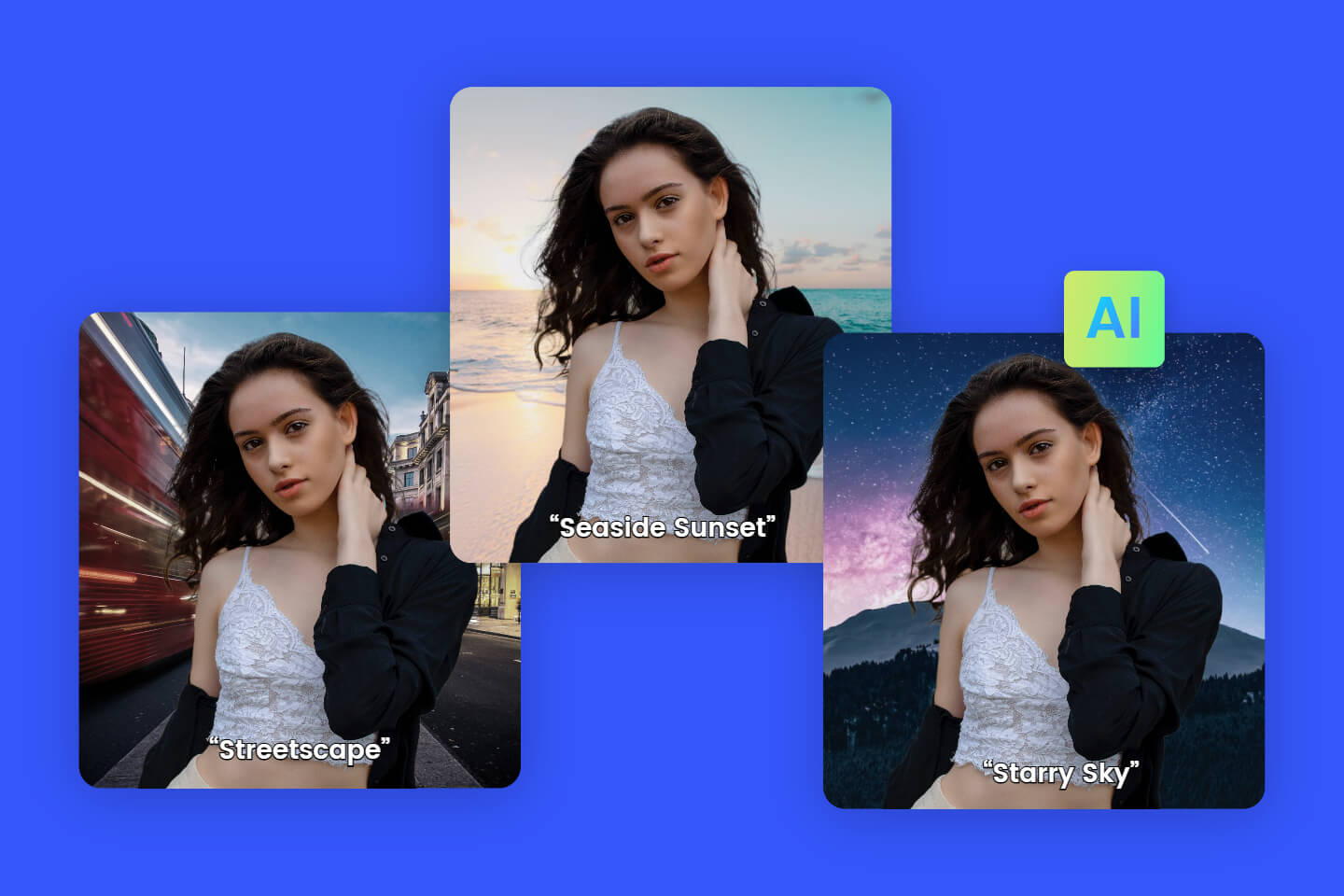How to Design A Character: A Complete Guide to Make Stunning Character Designs
Summary: In this article, we will talk about character design and offer an ultimate guide on how to design a character, including what makes a good character and steps & tips to create a character.
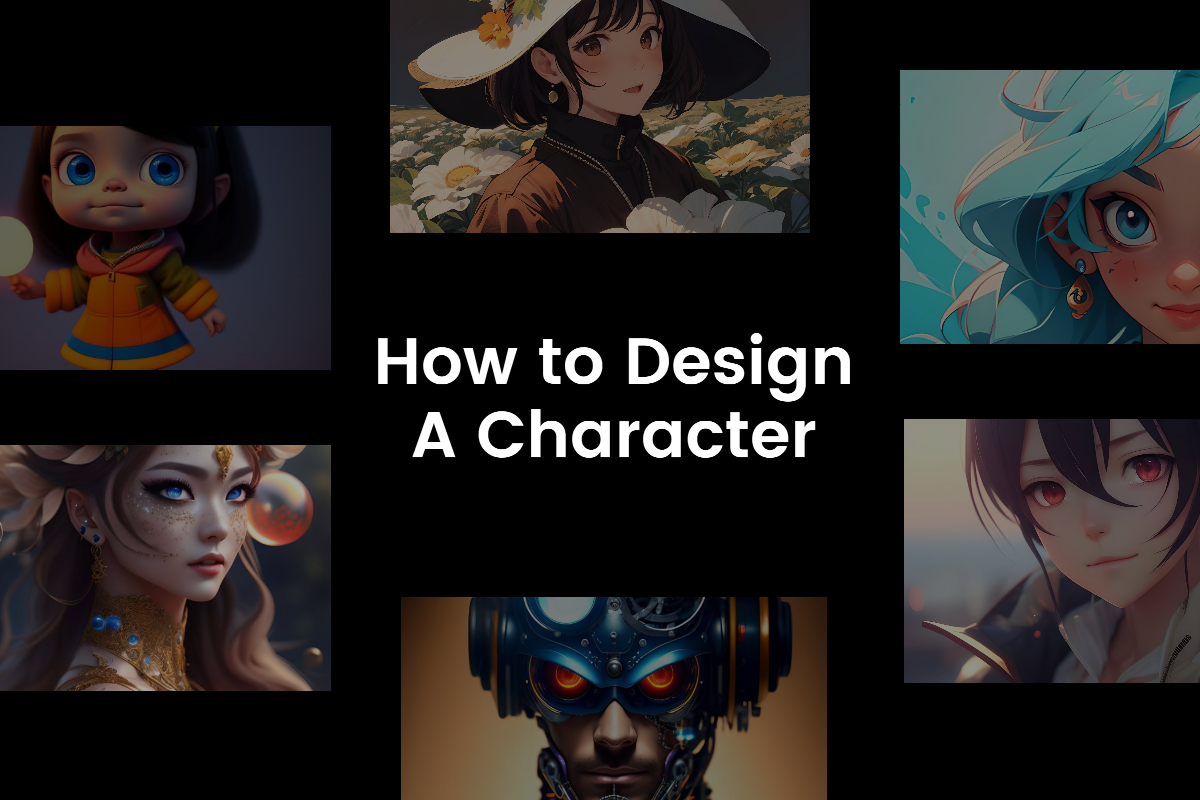
When we think of some of our favorite characters, from Superman to Pikachu, design is often that last thing that comes to mind. Character design is a captivating art form that lies at the heart of many creative endeavors, from animation and video games to literature and visual storytelling. A well-designed character can evoke emotions, tell a story, and leave a lasting impression on audiences. Designing your own characters is one of the most creative ways that you can explore your ideas as an artist, illustrator, or animator.
In this article, we will offer a complete guide on how to design a character. Whether you're a seasoned artist or a beginner looking to explore the world of character design, this guide will provide you with valuable insights and practical tips to help you craft compelling and stunning characters.
What is Character Design?
Character design is the process of creating and visualizing fictional characters, each with their own unique traits, personalities, and appearances. It's a multidisciplinary art that combines elements of illustration, psychology, storytelling, and aesthetics. A successful character design not only captures the essence of the character's role within a narrative but also establishes a visual identity that resonates with the audience.
But character design involves much more than just creating something pretty. It encompasses everything about design at large: the principles, the theory, and above all, the execution.
That is why character design is so important to know as an artist. It touches on so many facets of the design creative process that you are bound to elevate all your technical skills to the next level.
So, what makes a good character? Here are some key elements that contribute to the success of a character design.
Distinctive Appearance: A memorable character possesses a visually distinctive appearance that sets them apart from others. This could be a unique hairstyle, clothing style, or a particular physical trait.
Personality Traits: Characters should have well-defined personality traits that influence their actions, decisions, and interactions. Whether they're brave, funny, shy, or mischievous, these traits shape the character's behavior and help them resonate with the audience.
Backstory and Motivations: A character's backstory and motivations give depth to their persona. Understanding their past experiences and what drives them helps in creating relatable and empathetic characters.
Consistency: Consistency in a character's design is essential. All aspects of the character, from their appearance to their behavior, should align with their established traits and narrative role.
Visual Cohesion: The character's visual elements, such as color palette, design motifs, and overall style, should be coherent and complement their personality.
6 Steps to Create A Good Character
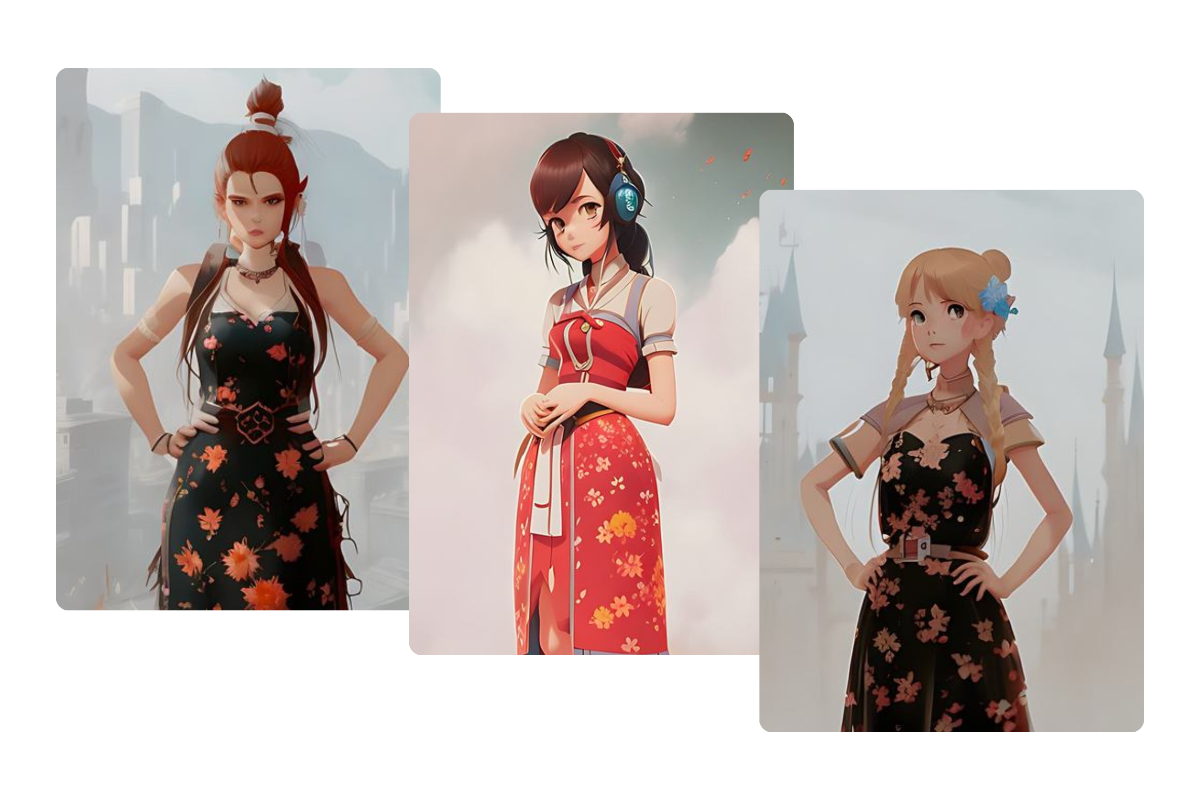
Creating characters is a multi-faceted process that involves careful consideration of their traits, personality, appearance, and role within a narrative. Here are 6 crucial steps to guide you through the process of how to draw a character.
Step 1: Conceptualization
The journey to a well-designed character begins with a strong concept. Consider the context in which your character will exist. Are they part of a fantasy world, a futuristic setting, or a historical period? Think about their role in the story: are they a hero, a villain, a mentor, or a sidekick? Brainstorm ideas that align with the narrative and explore various personality traits that suit the character's role.
During this phase, create rough sketches and jot down notes about the character's appearance, background, and motivations. This stage is all about exploring possibilities and allowing your creativity to flow.
Step 2: Research and Inspiration
Creating unique characters from your mind can feel like magic—so much so, that it can be easy to overlook pesky considerations like research. Research is a fundamental aspect of character design. Gather inspiration from a wide range of sources such as art, literature, films, history, and cultural references. This research will help you infuse authenticity and depth into your character's design and story. More importantly, your design should also consider the experience of your target audience.
Step 3: Silhouette and Proportions
Crafting a recognizable silhouette is essential for making your character stand out. Experiment with different body shapes and proportions to create a visually appealing outline. The silhouette should communicate the character's identity even from a distance.
Consider exaggerating certain features to emphasize the character's traits or role. For example, a hero might have a strong and upright posture, while a mischievous character could have a more dynamic and asymmetrical silhouette.
Step 4: Facial Features and Expressions
The face is the window to a character's emotions and personality. Design the character's facial features based on their traits and background. The eyes, nose, mouth, and expressions should align with their story and role in the narrative.
Practice drawing various expressions to capture a range of emotions. A well-designed character should be able to convey their feelings effectively through their expressions, enhancing their relatability and depth.
Step 5: Clothing and Accessories
The character's attire and accessories offer opportunities to convey their identity, personality, and background. Consider their occupation, environment, and personal preferences when designing their clothing.
For instance, a futuristic warrior might wear armor with sleek, high-tech elements, while a medieval bard might be adorned in flowing robes and musical instruments. Accessories such as jewelry, weapons, and tools can further enrich your character's visual narrative.
Step 6: Refinement and Iteration
Once you've established the core elements of your character design, it's time to refine and iterate. Add intricate details, experiment with colors, and make some adjustments based on feedback. Test different color palettes to find the one that resonates with the character's personality and surroundings.
Don't be afraid to make changes during this stage. The refinement process often leads to surprising and innovative solutions that enhance your character's overall appeal.
8 Expert Character Design Tips
To further enhance your character design skills, here are 8 expert tips to consider.
Embrace Simplicity
A character's design should be easily recognizable and reproducible. Avoid excessive complexity that might hinder the character's appeal.
Balance Proportions
Proportions play a significant role in how a character is perceived. Experiment with proportions to create unique and visually engaging characters.
Use Color Purposefully
Colors can convey emotions and traits. Choose a color palette that reflects your character's personality and the mood of their story.
Pay Attention to Silhouettes
Silhouettes should be distinct and instantly recognizable. A strong silhouette contributes to a character's overall visual impact.
Think About Movement
Consider how your character will move and interact in their world. Design elements that facilitate their movements while staying true to their design.
Personality in Poses
Experiment with different poses to bring out your character's personality. A confident character might have bold and dynamic poses, while a shy character might have more reserved ones.
Cultural and Historical Influences
Incorporate elements from various cultures and historical periods to add depth and authenticity to your character's design.
Iterate and Seek Feedback
Character design is an iterative process. Don't hesitate to make changes based on feedback, and be open to refining your character's design over time.
How to Make Your Own Characters with Fotor
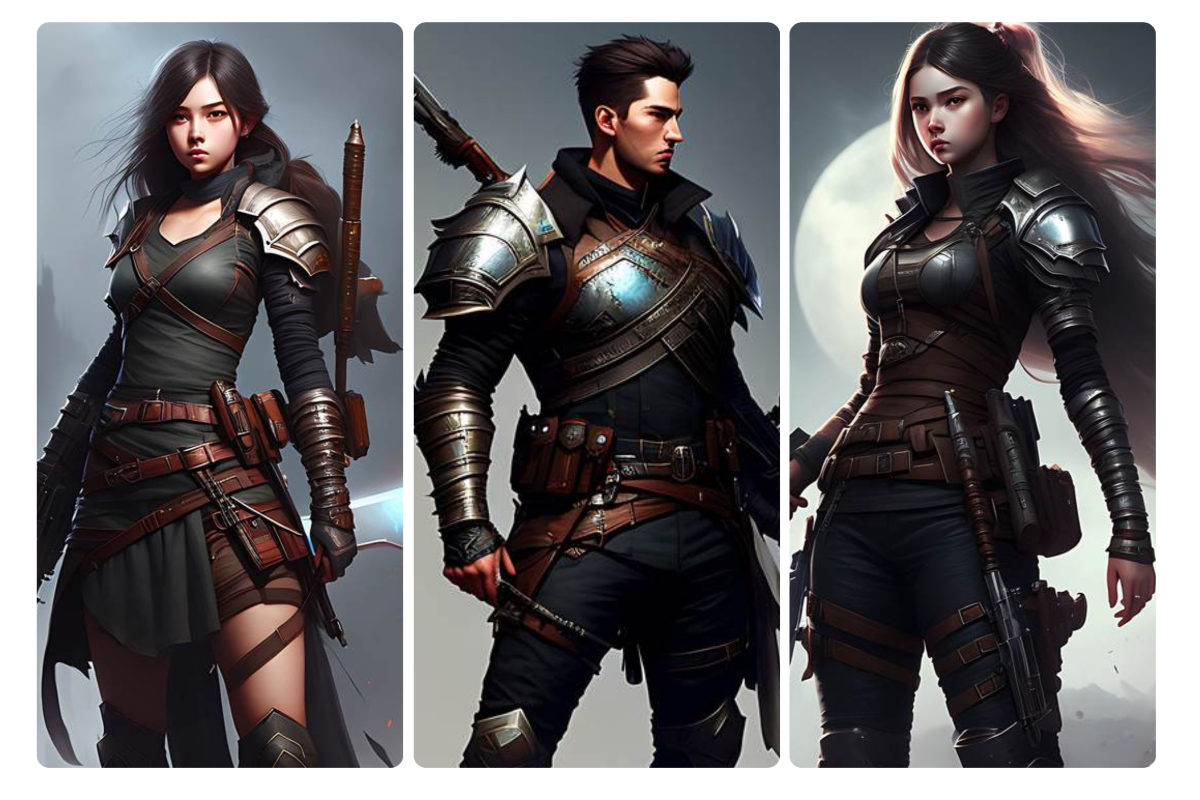
In addition to creating characters from scratch step by step, you can also use AI tools to generate stunning characters with one click. Here, we recommend the character generator of Fotor.
Fotor is an all-in-one photo editor with various editing tools. Apart from image editing, Fotor also offers a powerful AI tool to help you create characters, character generator. Backed up by an advanced character making model, our AI image generator creates a character you desired from entered descriptions. Just input character drawing ideas, our AI photo generator will analyze and process to make your character automatically and quickly.

Fotor
Powerful AI image & art generator, Fotor offers everyone revolutionary access to create artwork.
AI photo editor, AI face generator, and AI design tool are available.
Whether you want cartoon characters drawing, fantasy character design, or animation character design, you can do it all here! Ask AI to draw and get online character designs in seconds.
Conclusion
In this article, we have talked about character design and shared a complete guide on how to design a character. A step-by-step instruction about how to make a character and expert character design tips are also offered to help you create stunning characters. Remember, each character you create has the potential to inspire, entertain, and leave a lasting impact on the world of creative expression. Have a try!
